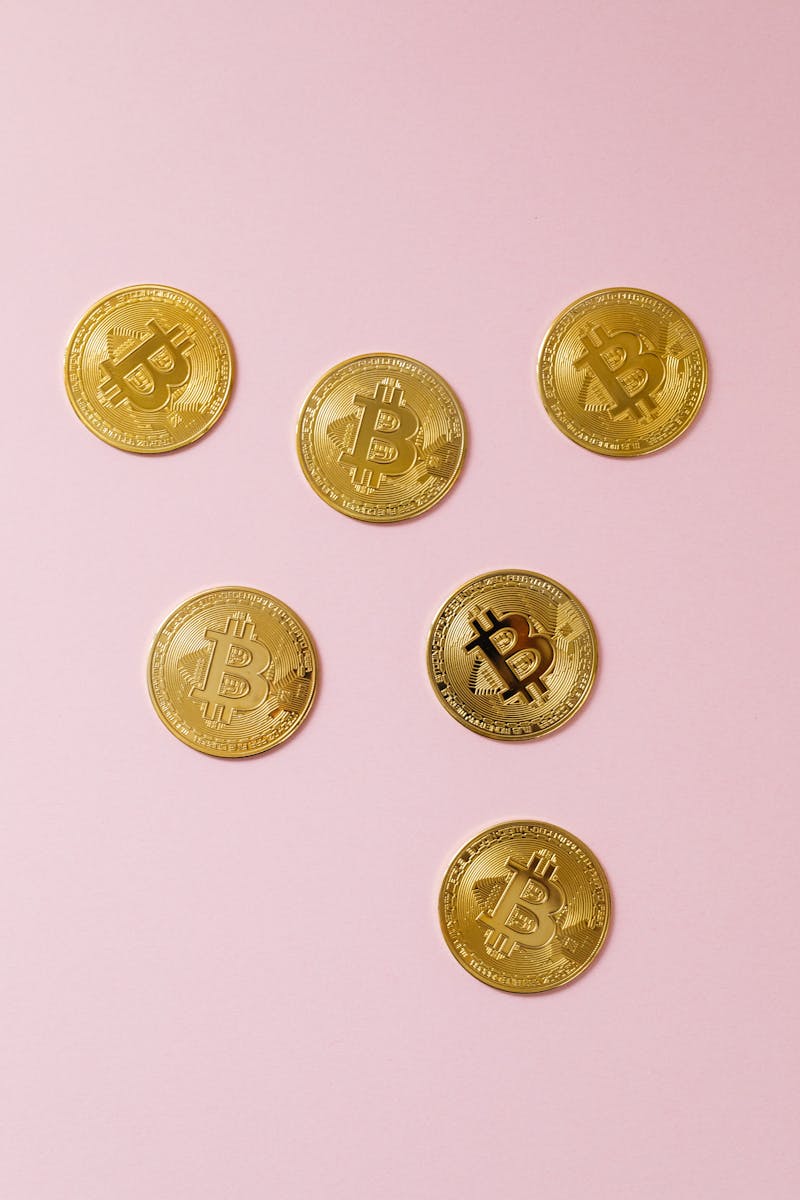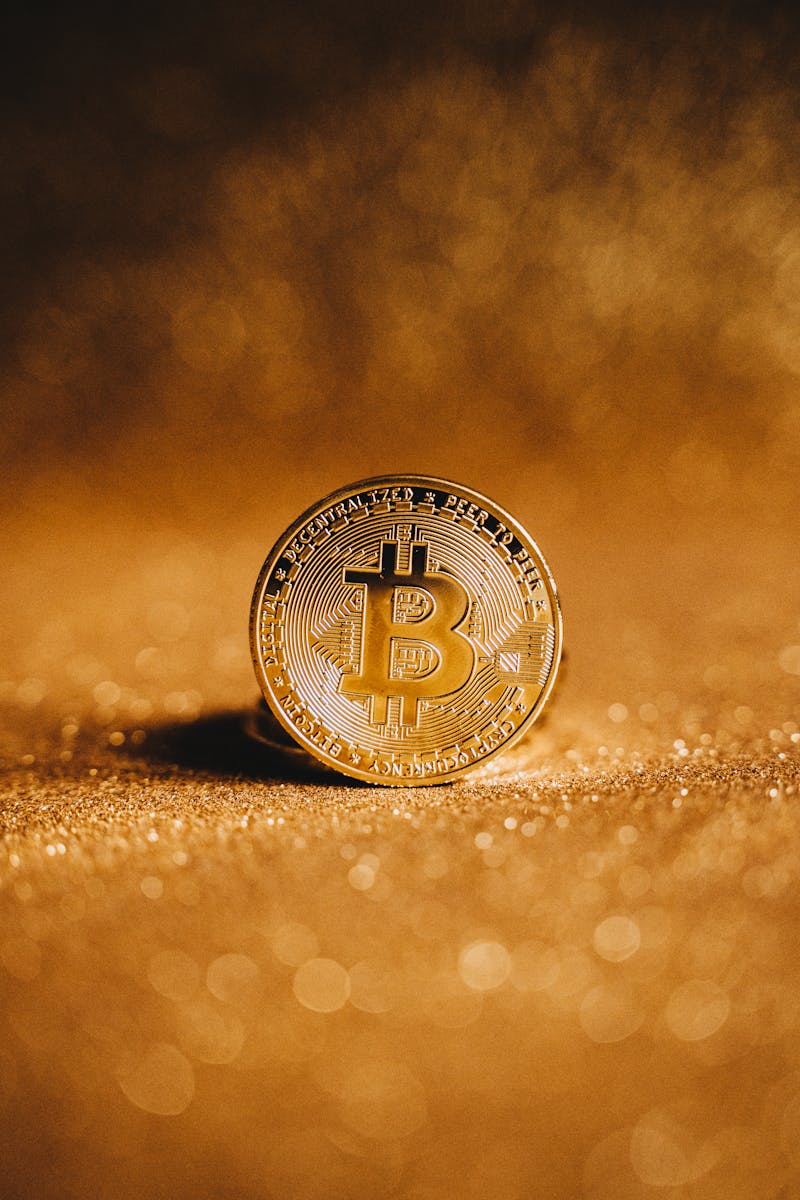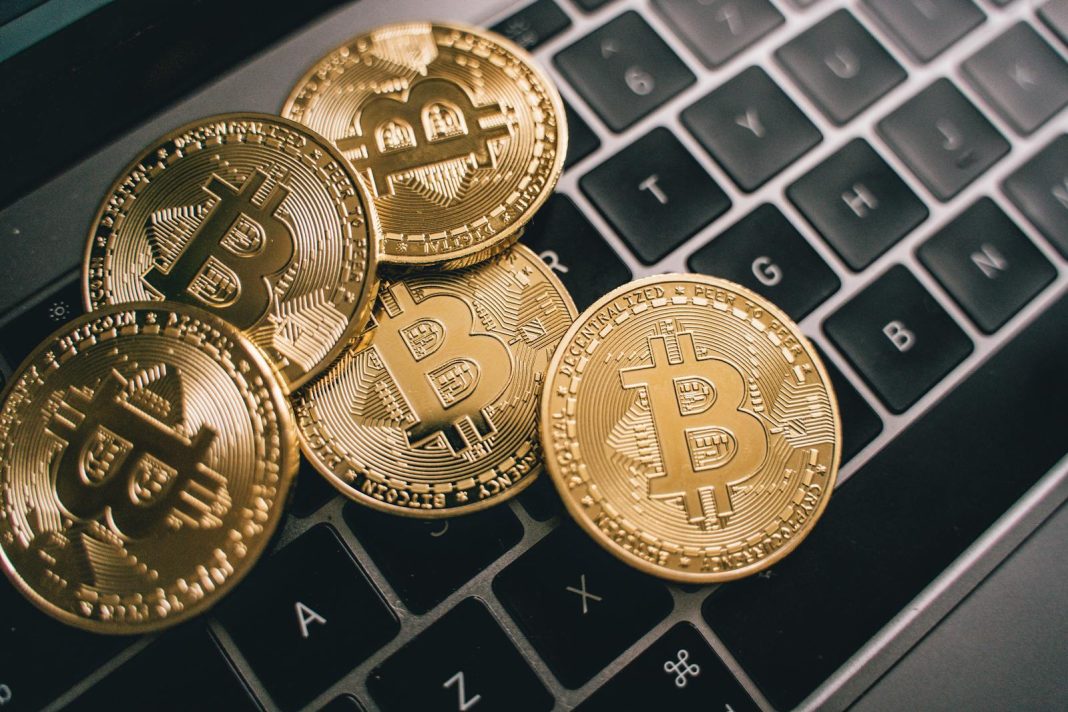Welcome, curious minds! Have you ever heard about Bitcoin and wondered what it is? Think of it as a special kind of money that you can’t touch because it’s all on the computer. It’s like having a piggy bank in the cloud, where you can save and spend without using actual coins or notes!
Explanation of Bitcoin
Bitcoin is a type of money, but it’s not like the dollars or euros that you might have in your wallet. It lives on the internet and lets people buy things or trade money without needing a bank to handle it. This is because Bitcoin is decentralized, which means no single person or company is in charge. Instead, everybody who uses Bitcoin helps to keep it running. Just like how many hands make light work, lots of computers work together to make sure everything with Bitcoin is fair and safe.
Importance of Financial Education
Now, you might wonder why we need to learn about this digital money. Well, just like learning how to count money or save up for a toy, understanding Bitcoin is part of something called financial education. This means getting to know how money works in our world today, and since Bitcoin is becoming more popular, it’s important to understand it too. Learning about money isn’t just for grown-ups; it can be really helpful for kids to learn early on so they can make smart money choices in the future.
Introducing Bitcoin to Children
Even though Bitcoin sounds complicated, it can be explained in a way that’s easy for children to get. You can think of Bitcoin like digital tokens or points in a video game, but instead of just using them to get to the next level, people can use them to buy real things. Teaching kids about Bitcoin can be fun, like a learning adventure into the land of future money. By starting now, you’ll understand more about the world of money as you grow up!
Understanding Bitcoin’s Value
Why is Bitcoin so special, and why do people say it’s valuable? Just like the rare toys that everyone wants to collect, Bitcoin also has something called ‘digital scarcity’. Let’s dive into what that means and see how it makes Bitcoin different from the money we use every day.

Digital Scarcity
Imagine if you had a limited number of stickers, and everyone in your class wanted them. Because there aren’t many, they become more special, right? Bitcoin is like those stickers. There can only ever be 21 million Bitcoins in existence. This limit is built into its design. So, as more people want to own Bitcoin, its value can go up, just like a sticker becomes more treasured when all your friends want one too. That’s digital scarcity – there’s only so much to go around, which can make each Bitcoin more valuable over time.
Peer-to-Peer Transactions
Have you ever traded cards directly with your friends? You don’t need to go to a store or ask an adult; you just swap. Bitcoin works similarly but on the internet. It lets people send and receive money directly to and from each other, without needing a bank in the middle. This is called a peer-to-peer transaction. It’s significant because it makes things simpler and sometimes even faster. You could be in one part of the world, and in just a few minutes, you can send Bitcoin to a friend on the other side of the globe!
Comparison with Traditional Currency
So, how is Bitcoin different from the money that jingles in your piggy bank? The money you save from your allowance is called fiat currency. It’s made by governments and isn’t limited in the same way Bitcoin is. More can always be printed, so it doesn’t have the same kind of scarcity. Also, to send this money to someone far away, you usually need a bank or a service like a postal money order, which might take time and cost extra fees. With Bitcoin, it’s like sending an email – quick and direct!
Now you know a bit more about why people find Bitcoin valuable. It’s rare, like a limited-edition toy, and it can be sent directly to friends without waiting in line at a bank. Isn’t that interesting?
Benefits and Risks of Bitcoin
As we dive deeper into the world of Bitcoin, it’s like opening up a treasure chest—there’s gold to be found, but we must also navigate the potential pitfalls. Let’s explore both the shiny prospects and the cautionary tales that come with this digital currency.
Financial Inclusion
Imagine a world where everyone can save and spend money without needing a bank. That’s one of the promises of Bitcoin! For the many folks who don’t have access to traditional banking—maybe because they live too far from a bank or don’t have enough money to open an account—Bitcoin can be like a financial Swiss Army knife. It’s a tool that provides them with a way to join the global economy. People can receive bitcoins as payment, store them safely in a digital wallet, and use them to buy goods or services from anywhere around the world. That’s pretty neat, isn’t it?
Volatility and Investment Risks
Now, let’s talk about a word that sounds like a rollercoaster ride: volatility. This means the price of Bitcoin can zoom up and down very fast—exciting, but also a bit scary, right? Just like when you trade your favorite playing cards with friends, sometimes you might feel like you’ve made a great trade, and other times, not so much. Investing in Bitcoin can be similar. The value can change quickly, and that means someone might end up with more or less money than they started with. So, while some people look at Bitcoin as an investment, hoping the value will go up, it’s important to remember that it can also go down. Think of it like planting a tree—you hope it’ll grow big and strong, but sometimes storms can come along.
Security and Privacy
We all like keeping our stuff safe and private, right? Well, Bitcoin has some cool ways to do that. Every transaction is protected by something called cryptography—it’s like secret codes that only the owner can decode. Plus, there are no names on transactions, just mysterious numbers and letters. But remember, even the strongest fortress needs a good gatekeeper. If someone were to find out your secret codes (your private keys), they could take your bitcoins. So, it’s super important to keep your digital wallet secure, like how you’d protect a treasure map.
Exploring the Technology Behind Bitcoin
Have you ever wondered what makes Bitcoin tick? Just like a watch has gears and springs working together to tell time, Bitcoin has its own set of innovative technologies ensuring everything runs smoothly. Let’s dive into the world of blockchain, mining, and their impact on our planet!
Blockchain Technology
Imagine a book where you write down all of your lemonade stand sales, and each page is safely copied and sent to friends for safekeeping—that’s kind of like blockchain. Blockchain is a digital ledger that records all Bitcoin transactions in a way that is very hard to change or cheat. Each ‘block’ of data is chained to the next using complex math, making it secure and transparent. When someone sends or receives Bitcoin, that transaction gets added to the ledger for everyone to see. This means no single person or group can control or alter the records, making Bitcoin decentralized and trustworthy.
Mining and Rewards
Mining might make you think of picks and shovels, but Bitcoin mining is more about solving puzzles on computers. Miners use powerful machines to solve these puzzles, and the first one to solve it gets to add a new block of transactions to the blockchain. This is a big deal because the miner is rewarded with newly created Bitcoin—kind of like a finder’s fee. But it’s not just about the rewards; mining also helps keep the network safe by making sure all transactions are legitimate. Without miners, the whole Bitcoin system wouldn’t work!
Environmental Impact
There’s a catch to all this mining, though. It takes a lot of electricity to run the computers that mine Bitcoin, and this can hurt our environment. Some people are worried that the energy used by miners could lead to more pollution and contribute to climate change. The good news is that people are coming up with solutions, like using renewable energy sources such as wind or solar power to run the mining computers. By finding cleaner ways to mine, we can enjoy the benefits of Bitcoin while taking care of our planet.
Understanding how Bitcoin works under the hood helps us appreciate its potential and challenges. We’ve looked at blockchain technology, which keeps transactions safe and open, and mining, which powers the system and rewards those who support it. We also touched on the environmental concerns and how innovators are working to make Bitcoin greener. These technologies are what allow Bitcoin to operate without a central authority, giving power back to the people. They’re also why it’s so important to keep learning and asking questions about how our choices impact the world around us.

Conclusion and Call-to-Action
As we’ve journeyed together through the exciting world of Bitcoin, we’ve uncovered many layers to this digital currency. Let’s take a moment to revisit the trail we’ve blazed, ensuring that our understanding is as solid as the cryptography behind Bitcoin itself.
Recap of Key Learnings
Bitcoin isn’t just a new kind of money; it’s a whole new way to think about transactions and value. We learned that Bitcoin is digital, meaning it lives online and isn’t something we can hold in our hands like coins or bills. Its decentralized nature means no single person or institution has control over it, which is quite different from the money issued by governments. We also discovered how the scarcity of Bitcoin – only 21 million will ever exist – helps give it value, much like precious metals such as gold.
What makes Bitcoin special is its ability to let people send value directly to each other, without needing a bank or middleman. But with great power comes great responsibility, and we discussed the importance of being smart about financial decisions, especially given Bitcoin’s price swings and the need to keep our digital wallets secure.
Lastly, we dove into the technology that keeps Bitcoin honest: the blockchain. It’s like a magical ledger that everyone can see but no one can tamper with. And remember, Bitcoin mining isn’t about pickaxes, but about powerful computers solving complex puzzles to keep the network running smoothly, although this does raise questions about environmental sustainability.
Encouraging Further Exploration
Our exploration doesn’t have to end here! For budding minds eager to learn more:
- Check out interactive websites that explain the principles of cryptocurrencies in a fun, visual way.
- Read books tailored for young readers that delve into the basics of money and the future of finance.
- Participate in simulations or games that introduce the concepts of trading and investment in a safe environment.
These resources are just the beginning. The world of Bitcoin and digital currencies is always evolving, and staying informed is the best way to navigate this landscape.
Emphasizing Responsible Engagement
Understanding Bitcoin is more than just knowing how it works; it’s about recognizing the impact it has on our world and our lives. Being responsible means using Bitcoin wisely, protecting your privacy, and not investing more than you can afford to lose. It also means thinking about how our choices affect others, including the environment.
For parents and educators, fostering an environment where children can ask questions and express their curiosity about digital currencies is key. It’s important to provide guidance and context, helping them to grasp the complexities of financial systems and the emerging digital economy.
As we wrap up, remember that learning about Bitcoin isn’t just about preparing for the future; it’s about shaping it. By understanding Bitcoin and the principles behind it, we can all be part of the conversation on how money might look tomorrow. So, let’s keep the dialogue going, stay curious, and always tread thoughtfully in the digital world.


